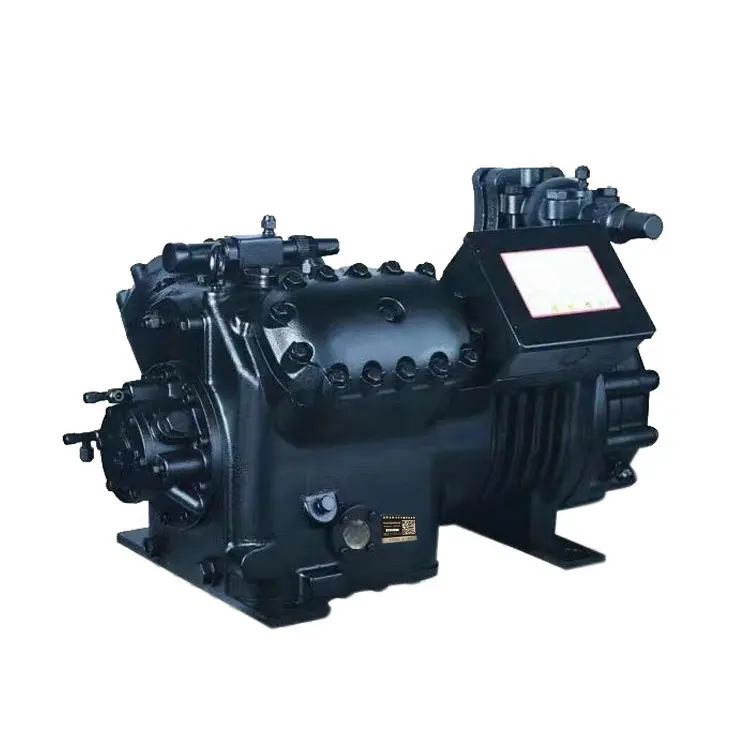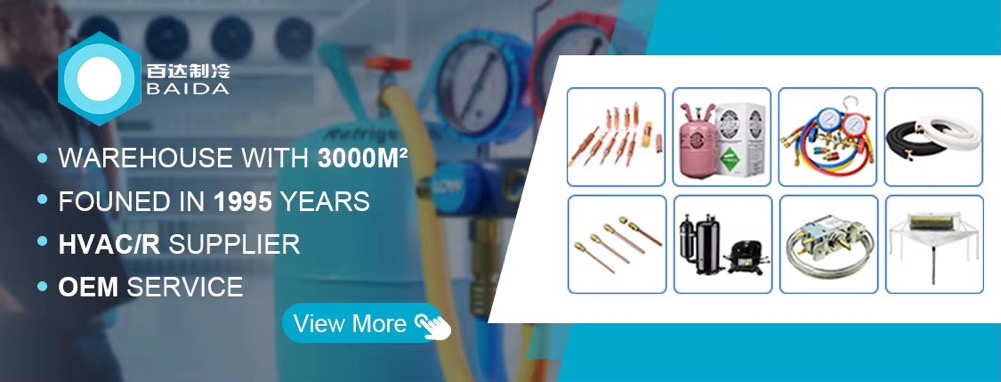1. Features:
Structural design: Semi-hermetic compressors usually have a large cooling surface, which helps to maintain lower temperatures under high loads.
Easy maintenance: Compared with fully hermetic compressors, semi-hermetic compressors are easier to maintain and repair because their parts are more accessible.
Adaptable: Able to adapt to a variety of refrigerants, including traditional and environmentally friendly refrigerants.
High efficiency: Modern semi-hermetic compressor designs focus on energy efficiency and are able to provide efficient performance in a variety of applications.
Durability: Semi-hermetic compressors usually have a long service life due to their rugged structure and high-quality materials.
Noise control: Although not all semi-hermetic compressors are particularly quiet, many modern designs take noise control into consideration.

2. Technical parameters:
Refrigerant type: Supports a variety of refrigerants, such as R22, R134a, R404A, R407C, etc.
Capacity range: Compressors of different capacities are available to meet the needs of systems of different sizes.
Voltage and frequency: A variety of voltage and frequency options are usually available to adapt to the standards of different countries and regions.
Protection function: Multiple protection functions are built in, such as overload protection, overheat protection, etc., to ensure the safe operation of the compressor.
3. Maintenance and care:
Regularly check the operating status of the compressor, including oil level, voltage, current, etc.
Clean the outside and inside of the compressor to ensure good heat dissipation.
Regularly replace lubricating oil and filters to maintain the best performance of the compressor.
Check and replace worn parts such as bearings, seals, etc.











